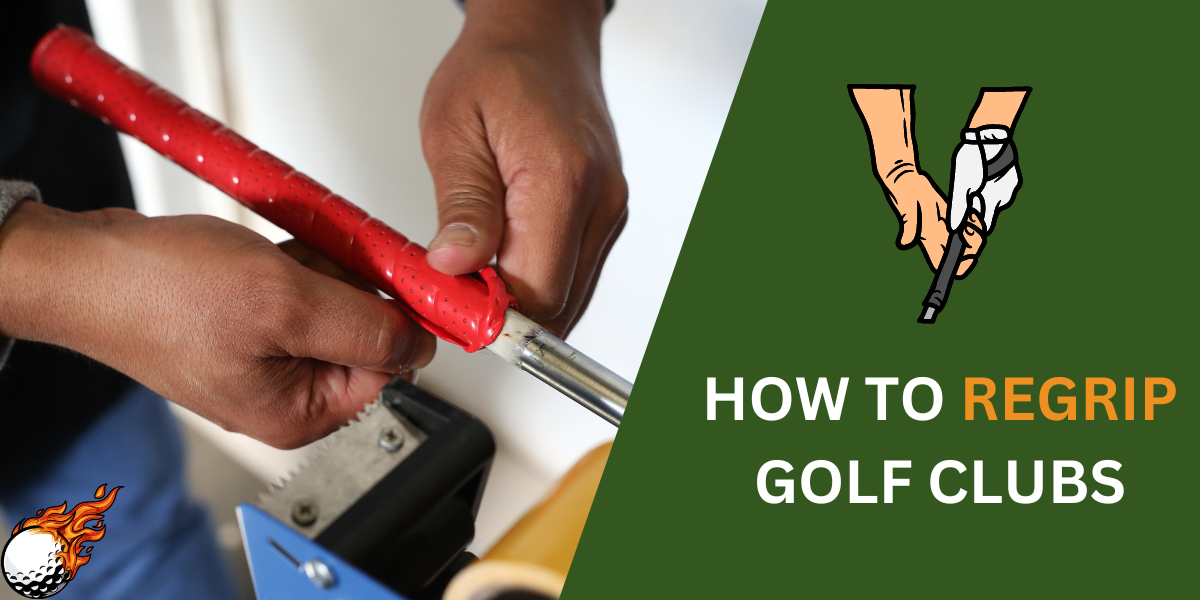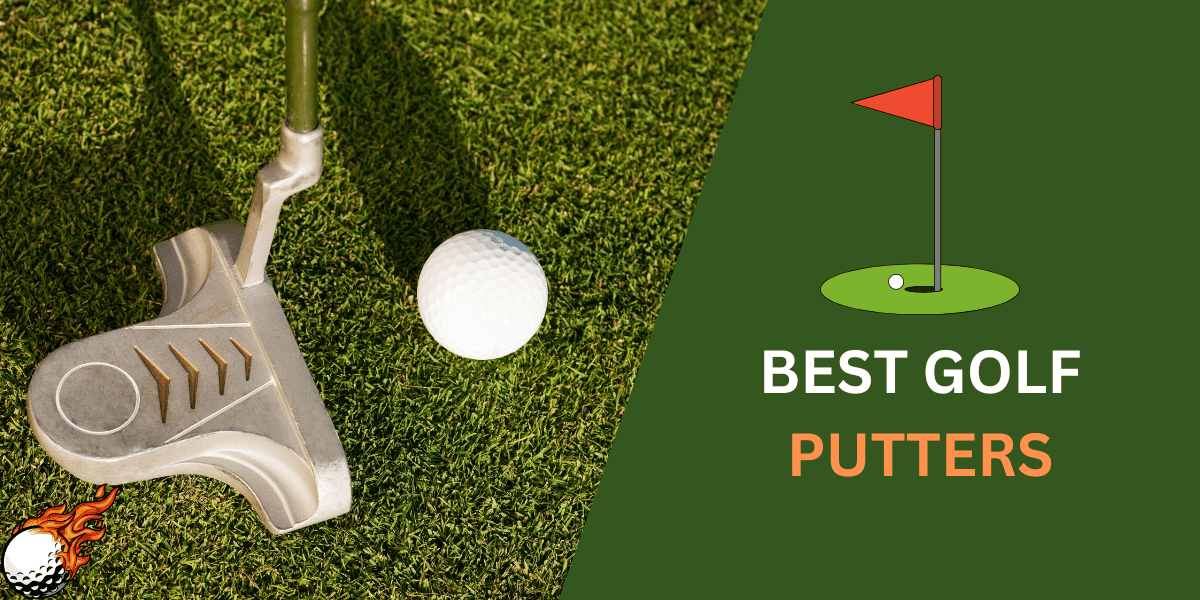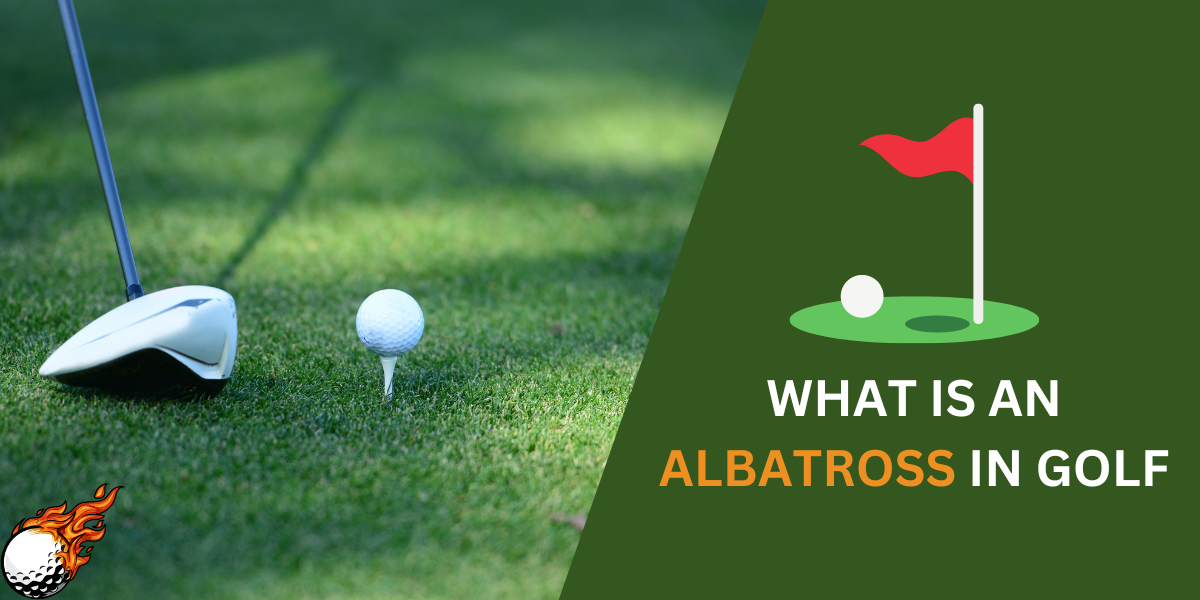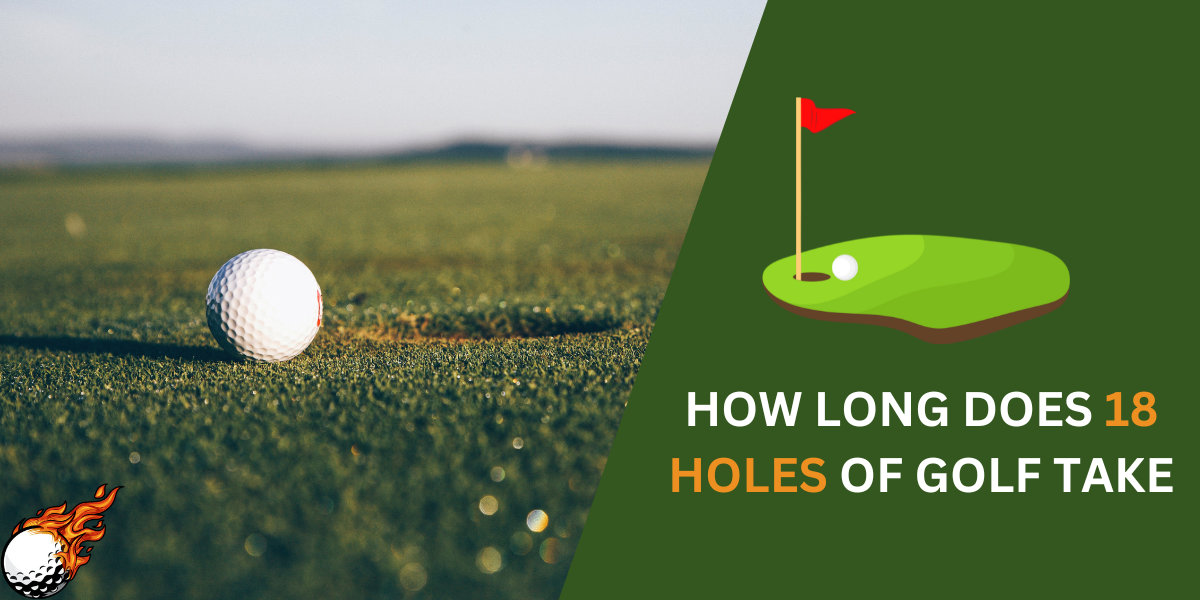
Ever wondered why golf balls aren’t perfectly smooth?
Those little dents all over the surface aren’t just for show.
It turns out that a smooth golf ball would travel a miserable distance. This is not ideal for a sport focused on getting that tiny ball as far as possible!
Dimples are the answer! But exactly how many dimples are on a golf ball and how do they work their magic?
On average, most golf balls have around 300 to 500 dimples, although the exact number can vary. Manufacturers carefully optimize the design and number of dimples to balance the aerodynamic drag and lift force.
The Basics of Golf Ball Dimples
Ever pick up a golf ball and marvel at its dimpled surface?
Those tiny indentations, called dimples, aren’t just cosmetic; they play a crucial role in how far and how straight a dimpled golf ball flies. Imagine hitting a smooth golf ball – it wouldn’t travel nearly as far!
Dimples create a thin layer of turbulent air around the ball, reducing drag and allowing it to slice through the air more efficiently.
Interestingly, golf ball weights are regulated, too, ensuring a level playing field and consistent performance for all players.
The History and Science Behind Dimples

Dimples on golf balls aren’t a new invention!
While the exact origins are a bit fuzzy, it’s believed that golfers in the early 1900s noticed a difference in distance between smooth golf balls and those with imperfections caused by wear and tear.
This sparked experimentation, eventually leading to the dimpled designs we see on modern branded golf balls today. The science behind it boils down to air pressure.
As a smooth golf ball hit by a golf club flies through the air, a layer of air builds up around it, creating drag and hindering distance.
Dimples disrupt this airflow, creating a more turbulent layer that reduces drag and allows the ball to travel farther and straighter.

Dimple Design Variations
Did you know that not all dimpled golf balls are created equal?
Golf ball manufacturers, or makers, experiment with various dimple designs to achieve specific flight characteristics. The average golf ball will have around 300-400 dimples, but the number can vary.
Dimple depth, size, and even pattern (spherical, triangular, etc.) all play a role in how the ball interacts with air.
So, the next time you pick up a golf ball, take a closer look at its dimple design – it might reveal something about how the ball is meant to perform!

Factors Influencing Dimple Count
The dimple count significantly affects a golf ball’s performance.
Fewer dimples typically mean the ball will have more drag and a higher trajectory, while more dimples can lead to a flatter course and longer distance.
Golf ball dimple design is a critical aspect that manufacturers tweak to achieve the perfect balance for lift, drag, and ball spin.

The Impact of Dimple Count on Performance
Do more dimples on a golf ball necessarily translate to a longer drive?
Not quite. Modern golf balls are meticulously designed, and the number of dimples is just one factor that influences a golf ball’s performance characteristics.
While a higher dimple count can create more turbulence and lift, it’s crucial for golf ball makers to find the optimal balance.
Too many dimples can actually increase drag!
So, the next time you tee off, remember that the dimple design on your ball is the result of careful engineering. It is designed to help you achieve the best possible shot, just as a smooth ball wouldn’t travel as far.
Choosing the Right Golf Ball
With all the choices out there, picking the right golf ball can feel overwhelming. Here’s what to consider:
- Swing Speed: Faster swing speeds often benefit from lower dimple counts for a more penetrating trajectory.
- Desired Spin: Look for higher dimple counts for increased control and spin around the greens.
- Prioritize Distance: Choose balls with dimple patterns designed to maximize aerodynamics and reduce drag.
- USGA Regulations: If you play tournaments, ensure your branded golf ball aligns with United States Golf Association standards
Remember: Dimples are essential – that’s why golf balls have dimples! The technology behind them is fascinating and directly impacts your performance.

Innovations in Golf Ball Design
As technology advances, so does the design of golf balls.
Emerging trends in dimple technology and new golf ball designs continue to push the boundaries of what’s possible, offering golfers at all levels improvements in distance and control.
The Future of Golf Ball Dimples
Predicting the future of golf ball design is as challenging as the game.
However, one thing remains clear: the quest for the perfect dimple design will continue.
Innovations in materials and design techniques will keep evolving, aiming to enhance golf balls’ aerodynamic performance further.

Conclusion
Next time you pick up a golf ball, take a moment to appreciate the fascinating science behind those dimples.
They’ve come a long way from the early golf balls made of gutta percha, which didn’t have dimples at all!
Modern golf ball dimples work tirelessly to influence performance, and understanding how they function can help you choose the right ball for your game.
Always remember, those dimples (and the carefully calibrated golf ball weight) are there to help you get the most out of your game!
Frequently Asked Questions
Why do golf balls have dimples?
Dimples create a thin layer of turbulence around the ball, reducing drag and helping it fly farther and straighter than a smooth ball would.
How many dimples are on a golf ball?
The number can vary, but most modern golf balls have between 300-500 dimples. The exact count and dimple pattern are designed to influence flight characteristics.
Do dimples affect how far a golf ball goes?
Absolutely! Dimples significantly increase distance by reducing air resistance. A smooth golf ball would only travel a fraction of the distance of a dimpled ball.
Do all golf balls have the same number of dimples?
No. Golf ball manufacturers experiment with different dimple counts, depths, and patterns to achieve specific performance goals, influencing how far and how straight the ball flies.
What were golf balls made of before dimples?
Early golf balls used materials like wood or feathers stuffed into leather. Later, a substance called gutta-percha was used, but these balls were smooth and didn’t perform as well.













